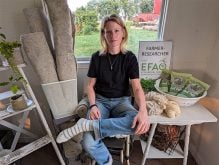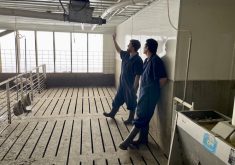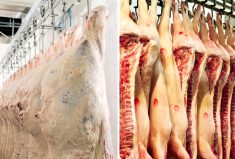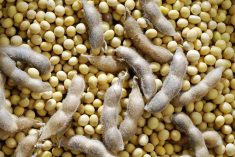They are easy to spot rising above the treeline in rural Ontario and a testament to the strength of the Ontario livestock sector.
A large investment has been made in the past five years in new feed processing equipment across the province and several companies.
Why it matters: Feed efficiency at the farm level and an increase in the size of livestock farms have played a role in the improved productivity of feed mills over the last 10 years within Ontario.
Read Also
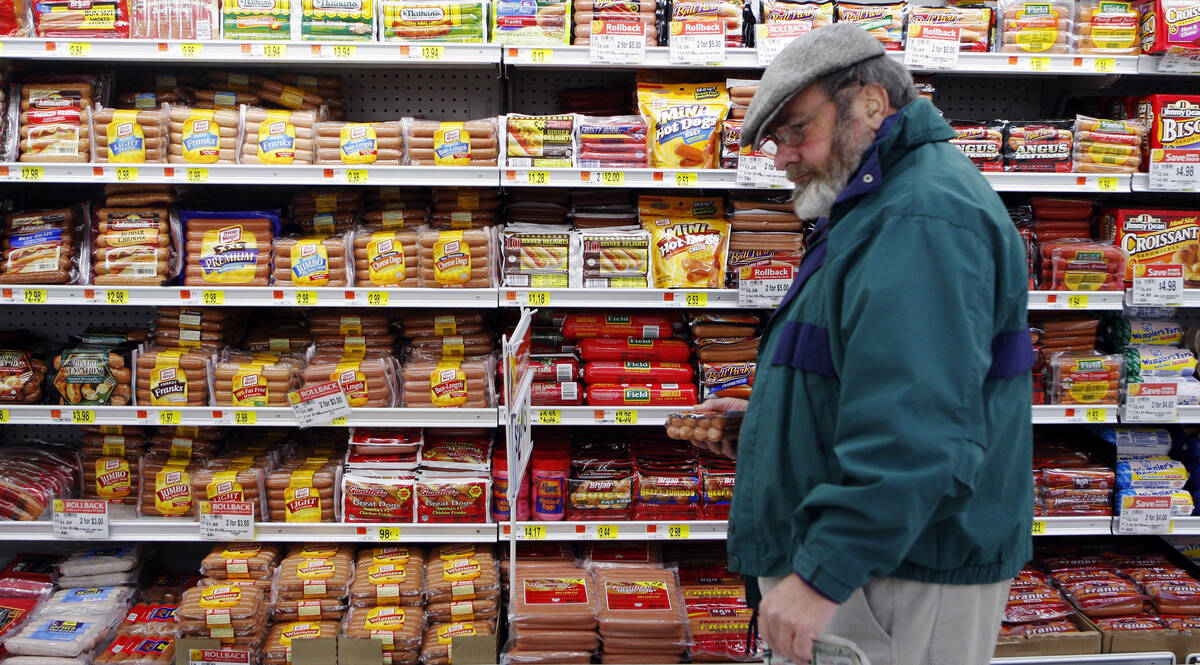
Canada seventh-most influential country on agri-food
Report from Dalhousie University and MNP shows Canada ranks seventh among G20 countries on agri-food influence.
B-W Feed and Seed Ltd., and Molesworth Farm Supply are two feed mills that began production out of newly built facilities in the fall of 2021 to meet their growing demands.
Natural growth in customer base, increase in farm size, and increased efficiency with on-farm facilities were big factors in building a new, larger facility, with better access to highways for B-W. Its new mill is in a prominent place on Hwy. 8 just west of New Hamburg and north of Tavistock and in the middle of livestock country.
“A lot of our farms that we are working with now have an incredible amount of technology on them. It only makes sense for us to increase our automation, increase our quality, and increase our traceability within the manufacturing process to be able to provide our customers with good quality product that we can stand behind,” says Chad Bender, poultry consultant with B-W.
The company was limited by size in the old facility, located in downtown New Hamburg.
It added as much automation as it could, turning a 120-year-old building into a modern feed mill, but were still limited to meet customer requirements.
“There was a lot of efficiencies we weren’t able to gain [in the old mill] because we were in a small, limited space that wasn’t really designed to handle full production, and five axle transport trucks.”
Location of the old facility in the downtown core also caused parking issues for trucks.
Bender says when his grandfather and great uncle started the feed mill many years ago, they had single-axle straight trucks that would only hold five tonnes, and now B-W Feed and Seed is using 40-tonne trailers being pulled with full transport trucks.
Molesworth Farm Supply Ltd. was facing similar issues as demand for feed was outpacied its production capacities, and five years ago decided to build another production facility.
“When a production facility is running up against the capacity constraints, or the abilities of a facility, it’s stressful. Having [new] additional capacity, the ability to breathe a bit is a lot more comfortable environment to work in than knowing we are not always up against the 100 per cent capacity constraint,” says Andrew Coghlin, president of Molesworth Farm Supply Ltd.
“Livestock numbers are up, farm sizes are up, export opportunities for Canadian food products are up and so there is lots of increased demand for feed products,” says Coghlin.
As well, Coghlin says Ontario is a “fabulous” place to produce food, which is a contributing factor to the increase in demand for feed along with farm size. Ontario’s growing population continues to increase demand for food.
“We have the resources and capabilities to produce safe food products; very nutritious, very efficient, cost-effective food products that the world demands,” says Coghlin. “We have the support of food production and consumption growing in Ontario. Typically that means feed requirements grow as well – they become a byproduct of food consumption and population.”
The expansions have also provided more opportunity for feed mills.
“We have expanded the species [we service]. I’m coming in as a broiler sales and service representative for us, I’m the first boots on the ground for us on the broiler side of things,” says Bender.
As well, it has provided B-W with the ability to serve turkey producers in the area, something they couldn’t do in a cost-effective way before.
“As a company we are excited to be able to grow, to be able to serve our customers better going forward and be a part of the community that is agriculture,” says Bender.
“These investments [in new facilities] are a recognition of a strong and growing industry, and confidence that Canada, specifically Ontario, is positioned to be a breadbasket to the world for years to come,” says Coghlin.






